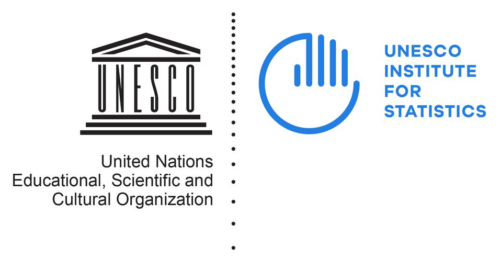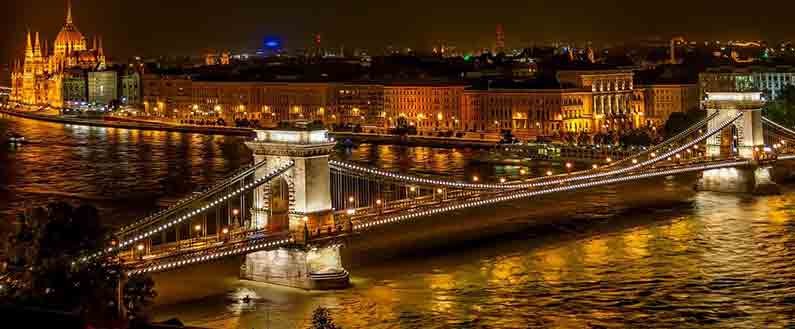The Hungarian Study Abroad Market
In this market report on Hungary we will cover socio-economic, educational and mobility trends. Education in Hungary is generally of a high standard, although it frequently adopts a more traditional approach than that of other European countries. This is most evident in the increasing prominence of church-funded public schools, which incorporate religious elements into their curricula.
Hungarian education has a number of challenges it needs to deal with in the coming years, according to the OECD.
Vocational qualifications are less common in Hungary, in spite of a large adult population with upper secondary qualifications: less than 25% of first-time upper secondary graduates earned a vocational qualification compared to 40% on average across OECD countries.
Tertiary attainment among younger adults (25-34 year-olds) remains substantially lower in Hungary than the OECD average, at 31% compared to 44%. Tertiary admission is based on a combination of three factors: grade points from secondary schools, grade points from secondary school leaving examinations, and socio-economic status and/or personal achievements.
Expenditure on tertiary education institutions declined over the past decade. Hungary’s expenditure across all tertiary levels is USD 11,300 per student, compared to USD 15,600 on average across OECD countries. Of this, USD 8,600 is devoted to core educational services, compared to the OECD average of USD 10,351 (source: OECD.org). All this and more in the Market Report on Hungary.
Quick facts
Secondary education
Higher education
Hungarian Education System
Secondary education
Secondary education in Hungary includes three traditional types of schools focused on different academic levels:
- Gimnázium: non-vocational; prepares students for higher education; teaches at least 2 foreign languages
- Szakközépiskola: secondary vocational school. It also provides a “secondary school leaving examination” opening higher education curriculum.
- Szakmunkásképző Szakiskola: vocational school. It also offers “bridge” programs to help low achieving students in primary school to catch up and join the usual vocational school curriculum.
Admission to Higher Education
Until recently, applicants for Bachelor studies were not required to sit for an entrance examination; the condition for admission was to reach a certain number of points comprising of upper secondary grades and the grades obtained at the secondary school leaving examination. The new Higher Education Act re-introduces the oral entrance examination with the stipulation that higher education institutions offering education in the same program should define standard oral examination criteria for each program.
Higher Education
Hungarian higher education has a long history, dating back to the 14th century. The country’s first university was founded in 1367 in Pécs around the same time as other central European universities, such as those in Prague, Krakow and Vienna. Due to the expansion of higher education in the last two decades, the number of enrolled students and the capacity of the institutions have increased considerably. From 1990 to 2010 the student population in higher education quadrupled, from 90,000 to around 400,000.
Hungary has been taking part in the Bologna Process since 1999. The Higher Education Act currently in force is in accordance with the principles of the Bologna process, – three cycle degree structure (BA/BSc, MA/MSc, PhD/DLA).
Bachelor
Bachelor programs have a duration of 3 to 4 years. The entrance requirement is a secondary school leaving certificate. Some bachelor’s programs grant access to the master’s program. The educational content of these programs is regulated. Upon completion of the program, institutions awards the Alapfokozat (bachelor’s degree).
Master
Master programs (mesterképzés) that follow the bachelor’s programs have a duration of 1 to 2 years. The entrance requirement is a relevant bachelor’s or College level degree. These master’s programs also grant access to the PhD. The educational content of these programs is regulated. Upon completion of the program, institutions awards the Mesterfokozat (master’s degree).
Doctorate/PhD
Academic PhD programs award the degree of Doktori képzés . In addition to the PhD, Hungary also has the academic title of DLA (Doctor of Liberal Arts). Although the PhD trajectory in Hungary has a nominal duration of 3 years, the trajectory often lasts longer in actuality. During the program, students conduct independent research culminating in the public defense of a dissertation.
(Source: campushungary.org)
Latest Hungarian Higher Education study abroad stats
At this point a total number of 13,038 Hungarian students are studying abroad (source: UNESCO). These are the most popular study abroad destinations for Hungarian students:

IB schools in Hungary
- American International School – Budapest – https://www.aisb.hu/
- Brittanica International School – Budapest – https://britannicaschool.hu/
- British International School – Budapest – https://www.nordangliaeducation.com/our-schools/budapest
- International Christian School – Budapest – https://www.icsbudapest.org/
- International School of Budapest – Budapest – https://www.isb.hu/
Upcoming Education Fairs in Hungary
Explore the International Education Fair in Budapest Hungary in 2024. Uniting universities, colleges, and intl language schools globally. Your platform for student recruitment.


